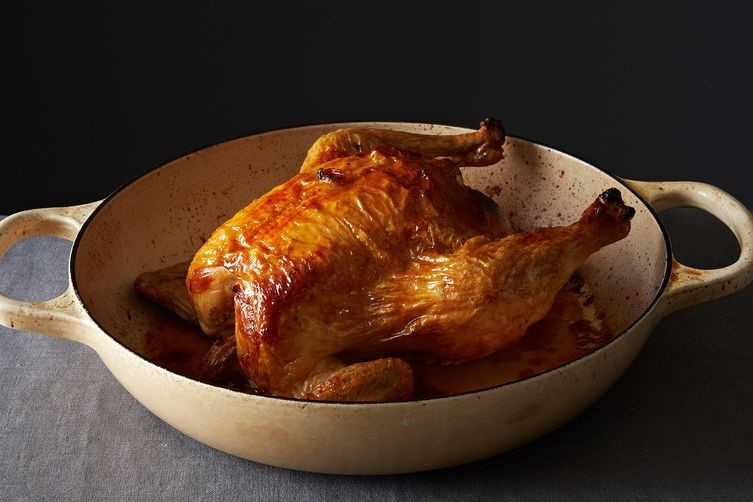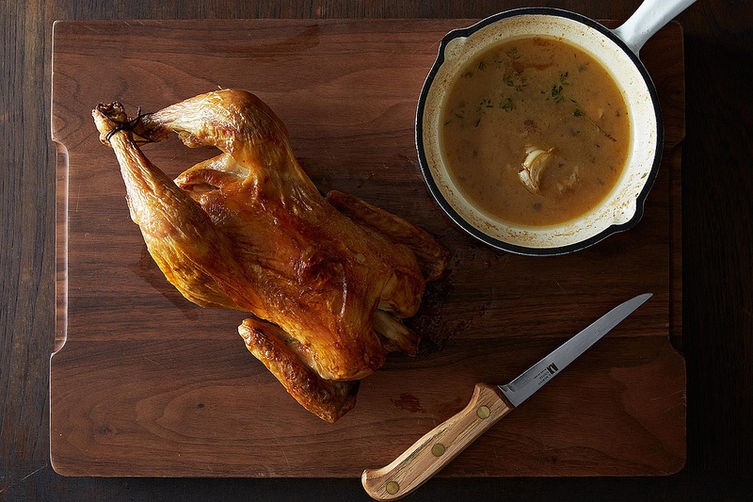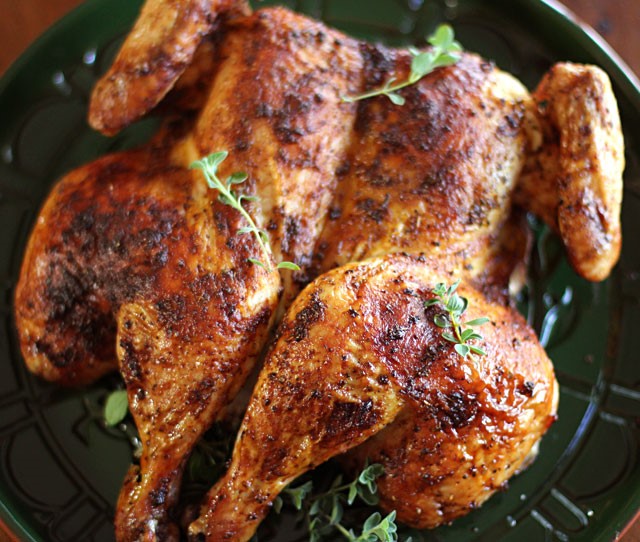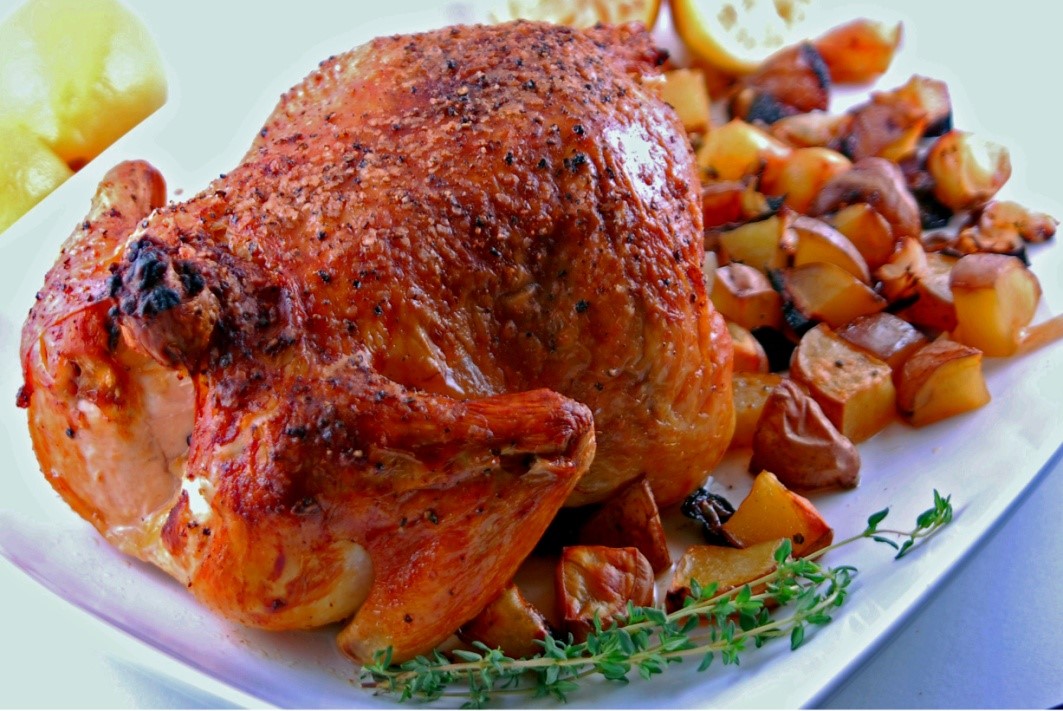How to PERFECTLY Roast a Chicken
There are lots of opinions on how to roast a chicken so it gives perfect results, and you might have your own favorite technique. But just in case you’re open what others are doing, I thought I’d share the results of a random survey I recently held. One thing everyone agreed on: White meat or dark meat, you just can't lose—this is the comfort meal that’s stood the test of time.

And whether you prefer white meat or dark, most everyone agrees that the best chicken has burnished, crackly skin that gives way to juicy, tender meat in every bite. But the feat of accomplishing this at home is a little more intimidating than it sounds—it’s really not all that simple.
For instance, if you leave the bird in the oven long enough to get the perfect drumsticks, then you can end up with white meat that’s desiccated. If you cut into the chicken when the breasts are just right, the dark meat is still gummy. Rare chicken thighs are a turn-off.
And since there really isn’t a better comfort food around (it’s so soul-satisfying), and because there’s not much that makes the house smell as good, it’s so worth the effort to get it right. Mastering the correct process means you’ll never again have to buy soggy-skinned rotisserie chickens from the grocery store.
All this said then, here are the strategies for a perfectly roasted chicken according to some of the best cooks I know.

First of all, the question: Breast-Side Up or down? Every expert I polled said that if they baste the chicken often, breast-side up is usually fine. The advice here is to generously salt your chicken (inside the cavity as well as the outer skin) and roast it at 475° F, breast side up. There’s an important caution with this method though: DO NOT open the door.
Now if you’d like a more conservative approach, go for Breast-Side Down. With this technique you can lower the temperature to 375°F. The logic here is that slow-roasting makes the breast meat juicier.

And the last technique is the Flip. Most of the folks I talked to said they preferred flipping their chicken halfway through roasting rather than sticking to a breast-side up or breast-side down routine. But the flippers all agreed on one thing: breast up for the final crisping just before serving. In fact, a couple of my cooking heroes said they liked to turn on the broiler at the very end to finish browning the top.

- www.food52.com
- www.hilahcooking.com
- www.blissfullydelicious.com
 Alice Osborne
Alice Osborne
Weekly Newsletter Contributor since 2006
Email the author! alice@dvo.com
